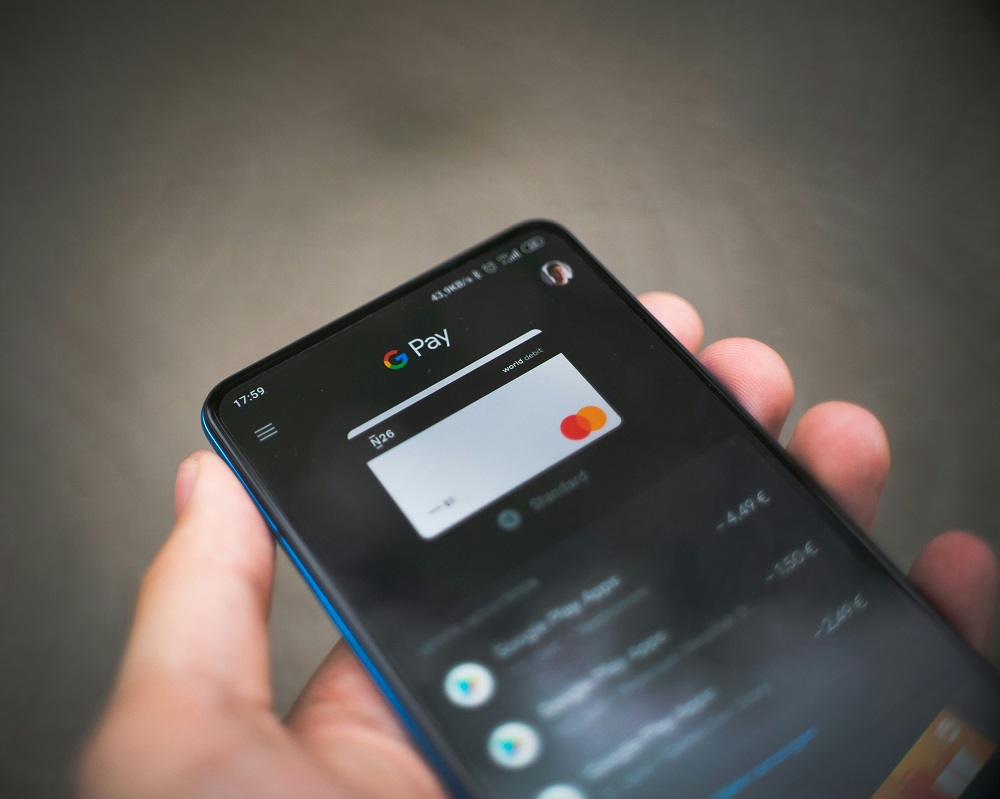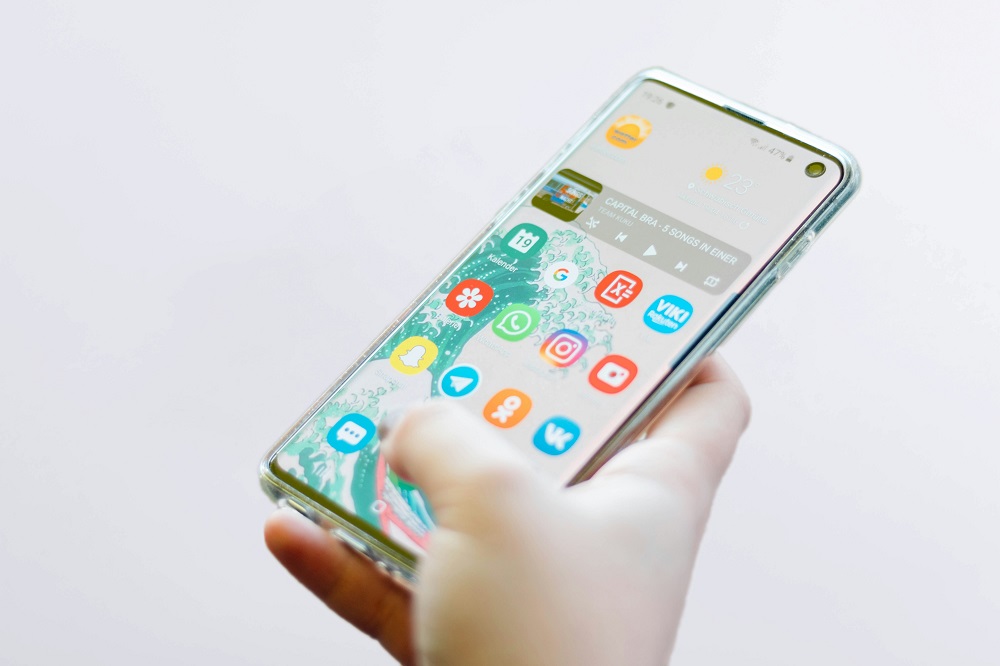Table of Contents
- What is contactless shopping?
- What is an example of a contactless payment?
- How safe is contactless payment?
- Is contactless payment free?
- How does contactless shopping redefine traveling experience?
- Conclusion
The travel industry, a sector notorious for its constant adaptation to technological advancements, has been undergoing a significant transformation with the integration of contactless shopping solutions.
This article explores the definition of contactless payments and the multifaceted impact of contactless shopping on various aspects of travel, including booking processes, in-flight services, and post-travel experiences.
What is contactless shopping?
Contactless shopping refers to a retail experience where customers can make purchases or transactions without physically touching or exchanging items with the seller or using traditional payment methods. Instead, contactless shopping relies on various technologies to facilitate seamless, quick, and secure transactions.
The primary aim is to enhance convenience, efficiency, and safety in the shopping process. Data seems to be backing up this statement, as according to Jupiter Research “contactless payment transactions will reach $10 trillion globally by 2027; from $4.6 trillion in 2022.”
What is an example of a contactless payment?
An example of a contactless payment is using a contactless-enabled credit or debit card to make a purchase. Contactless payments leverage Near Field Communication (NFC) technology, allowing the card to communicate wirelessly with a compatible payment terminal.
Here’s a step-by-step explanation of how it works:
1. Contactless-enabled Card: The cardholder possesses a credit or debit card that is equipped with contactless technology. This technology is often indicated by a contactless symbol on the card – a series of expanding concentric lines.
2. Merchant’s NFC-enabled Terminal: The merchant has a point-of-sale (POS) terminal that supports contactless payments. These terminals are equipped with an NFC reader, allowing them to communicate with contactless cards.
3. Transaction Initiation: When the cardholder is ready to make a payment, they can simply tap or bring their contactless card within close proximity (usually a few inches) to the NFC reader on the merchant’s terminal.
4. Authentication: The NFC reader reads the card’s information, and the transaction is authenticated. Depending on the transaction amount and local regulations, the cardholder may be required to enter a PIN or provide additional verification for security.
5. Payment Confirmation: Once the authentication is successful, the payment is processed, and the transaction is completed. The cardholder receives a confirmation of the payment, often through a receipt or notification.
Contactless payments offer a faster and more convenient alternative to traditional chip-and-PIN transactions. This method is widely accepted at various retail locations, including supermarkets, restaurants, public transportation, and other establishments equipped with contactless payment terminals.
Additionally, many mobile payment services, such as Apple Pay, Google Pay, and Samsung Pay, also enable contactless payments using smartphones or smartwatches linked to credit or debit card information.
How safe is contactless payment?
Contactless payments are generally considered safe and secure, with multiple layers of technology and protocols in place to protect users’ financial information. However, as with any payment method, there are considerations and best practices to ensure the safety of contactless transactions:
1. Encryption and Tokenization: Contactless payments use encryption and tokenization to secure sensitive information. When a contactless payment is initiated, the actual card details are not transmitted. Instead, a unique token or a one-time code is generated, adding an extra layer of security.
2. Limited Transaction Amounts: Many contactless payment systems have limits on transaction amounts to mitigate potential losses in case a card is lost or stolen. For transactions exceeding the limit, additional verification methods such as PIN entry may be required.
3. Authentication Measures: Depending on the country and the amount of the transaction, contactless payments may require additional authentication. This could involve entering a PIN for credit or debit cards, especially for larger transactions.
4. Lost or Stolen Cards: In the event of a lost or stolen contactless card, the risk is mitigated by the limited transaction amounts and the need for additional authentication for certain transactions. Additionally, most card issuers have fraud protection policies in place, and users can report the loss or theft promptly to minimize any potential misuse.
5. Secure NFC Technology:Near Field Communication (NFC), the technology behind contactless payments, is designed to be secure. The short-range communication limits the risk of unauthorized interception. Skimming or eavesdropping attempts are challenging due to the proximity required for a successful transaction.
6. Secure Mobile Wallets: When using mobile payment services like Apple Pay, Google Pay, or Samsung Pay for contactless transactions, additional security features, such as biometric authentication (fingerprint or facial recognition) or device passcodes, add an extra layer of protection.
7. Regular Monitoring: Users should regularly monitor their transaction history and account statements for any unauthorized or suspicious activity. Promptly reporting any discrepancies to the card issuer can help prevent further potential issues.
While contactless payments are generally secure, users should remain vigilant and adopt good security practices, such as protecting their physical cards and devices, using secure networks for transactions, and keeping personal identification numbers (PINs) confidential. Adhering to these practices helps ensure a safe and secure experience when using contactless payment methods.

Is contactless payment free?
Contactless payment itself is a feature offered by various payment methods, including credit and debit cards, as well as mobile wallets like Apple Pay, Google Pay, and Samsung Pay. Using contactless payment is typically free for the consumer in the sense that there are no additional charges imposed specifically for making a contactless transaction.
However, it’s essential to note the following points:
1. Merchant Fees: Merchants who accept card payments, including contactless transactions, may be subject to processing fees charged by the payment network and the acquiring bank. These fees are incurred by the merchant, not the consumer. Merchants may choose to absorb these costs or pass them on to customers indirectly through pricing strategies.
2. Bank Fees: While using contactless payment is generally free for consumers, banks may have associated fees related to the underlying credit or debit card accounts. For example, annual fees, interest charges (if carrying a balance), or foreign transaction fees may apply, depending on the terms and conditions of the specific card.
3. Mobile Wallet Services: When using mobile wallet services like Apple Pay, Google Pay, or Samsung Pay, users generally do not incur additional charges for making contactless payments. However, users should be aware of any fees associated with linking certain cards to their mobile wallet or using these services for specific transactions, such as international purchases.
4. Data Usage: If contactless payments are made using a mobile device, users should consider the potential data usage associated with the transaction. While contactless transactions themselves don’t consume a significant amount of data, users should be aware of their data plan limitations if applicable.
In summary, contactless payment is typically free for consumers in terms of making transactions. However, users should be aware of any fees associated with their specific payment methods, cards, or mobile wallet services, and merchants may incur processing fees as part of their business costs.
It’s advisable to review the terms and conditions of the specific payment method or financial institution to understand any potential fees associated with contactless payments.
How does contactless shopping redefine traveling experience?
Contactless shopping has significantly redefined the traveling experience by introducing convenience, efficiency, and safety measures throughout various stages of the journey. Here are several ways in which contactless shopping has transformed the travel experience:
Streamlining the Booking Process
Mobile Applications and Contactless Payments
The advent of mobile applications has revolutionized how travelers plan and book their journeys. Contactless payment options integrated into these travel apps allow users to seamlessly reserve flights, hotels, and transportation services without the need for physical contact or extensive paperwork. This not only enhances the convenience for travelers but also reduces processing times for businesses.
Virtual Travel Agencies and Augmented Reality (AR)
Virtual travel agencies leverage contactless shopping technologies, providing users with immersive experiences through AR. Travelers can virtually explore destinations, view accommodations, and even “try on” experiences, fostering a more informed and engaging booking process.
In-Flight Experience
Contactless Boarding and Security
Contactless technology has transformed the boarding and security procedures at airports. Boarding passes stored on smartphones and facial recognition systems enable passengers to navigate these processes with minimal physical contact. This not only enhances efficiency but also contributes to a smoother and more secure travel experience.
In-Flight Entertainment and Services
Airlines are integrating contactless solutions into in-flight services, allowing passengers to order meals, beverages, and amenities through mobile apps or QR codes on seat screens. This reduces the need for physical interaction with cabin crew and enhances the overall in-flight experience.
Post-Travel Experiences
Contactless Check-Out and Payment in Hotels
Hotels are adopting contactless check-out procedures, enabling guests to settle bills through mobile apps or by tapping contactless cards. This not only expedites the departure process but also aligns with the growing preference for touchless transactions.
Augmented Reality for Destination Exploration
Post-travel experiences are enhanced through augmented reality, enabling travelers to revisit destinations virtually. AR apps provide historical information, virtual tours, and interactive experiences, allowing individuals to relive their journeys in a contactless manner.
Challenges and Considerations
Despite the evident benefits, the travel industry faces challenges in fully implementing contactless shopping solutions. Security concerns, standardization of protocols, and the need for global collaboration are crucial considerations. Additionally, ensuring accessibility for all travelers, regardless of technological proficiency, remains a priority.
Future Trends and Innovations
The future of contactless shopping in travel holds exciting possibilities. Integration of blockchain for secure identity verification, expanded use of biometrics, and the incorporation of artificial intelligence to predict and personalize travel experiences are among the anticipated advancements.
Conclusion
Contactless shopping has permeated every facet of the travel industry, redefining how individuals plan, experience, and reminisce about their journeys. As technology continues to advance, the travel sector is poised for further innovation, promising a future where contactless solutions seamlessly integrate into every aspect of the travel experience, ensuring convenience, efficiency, and safety for all travelers.



